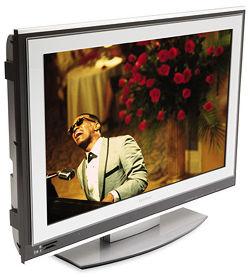|
Sep 02, 2002 |
First Published: Sep 03, 2002 |
|
May 09, 2002 |
First Published: May 10, 2002 |
|
Oct 19, 2011 |
|
Dec 14, 2011 |
















